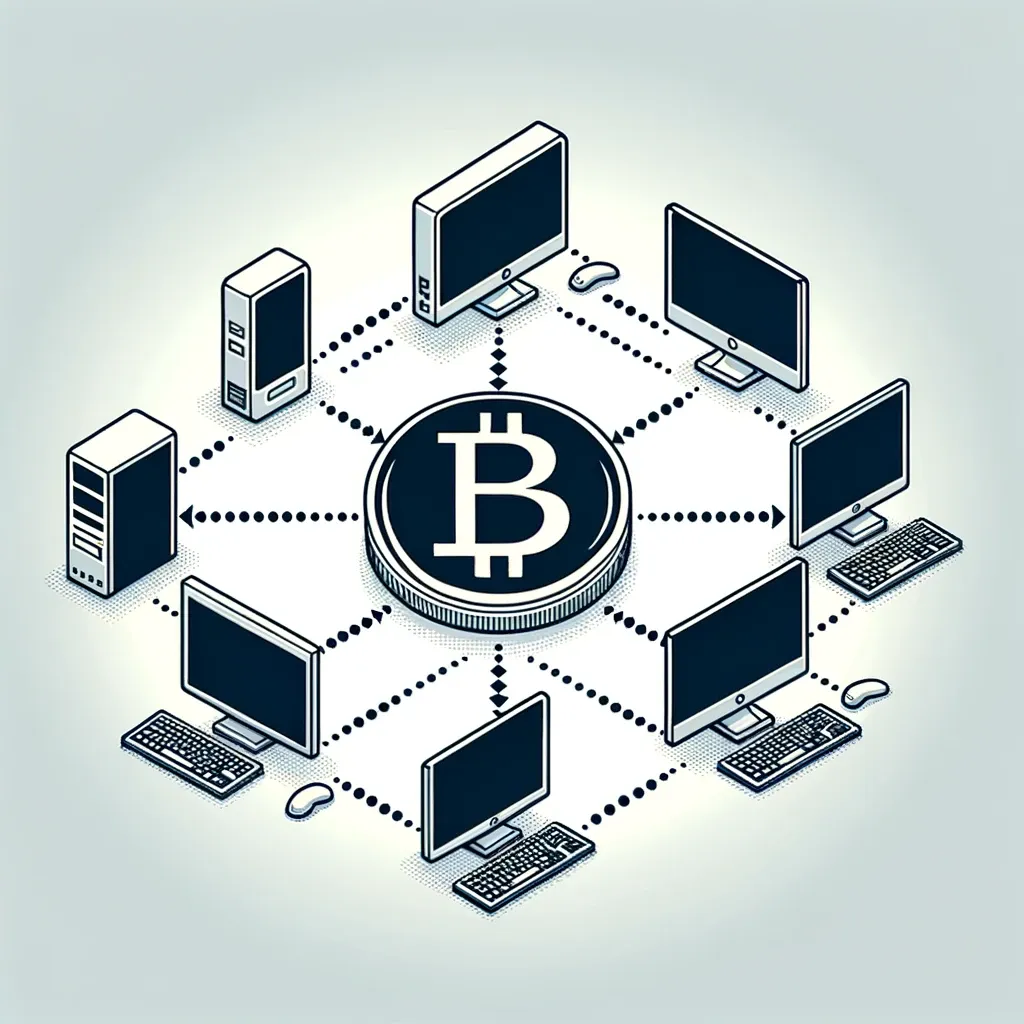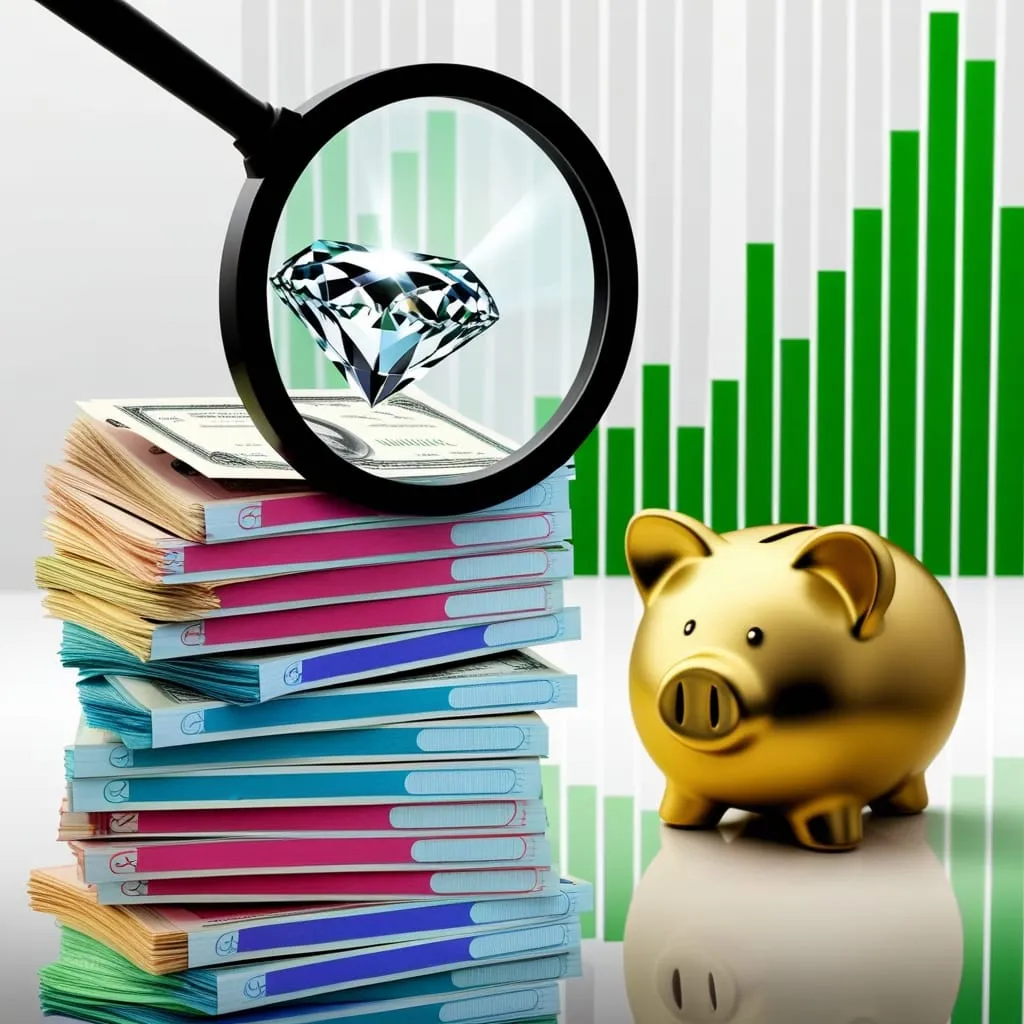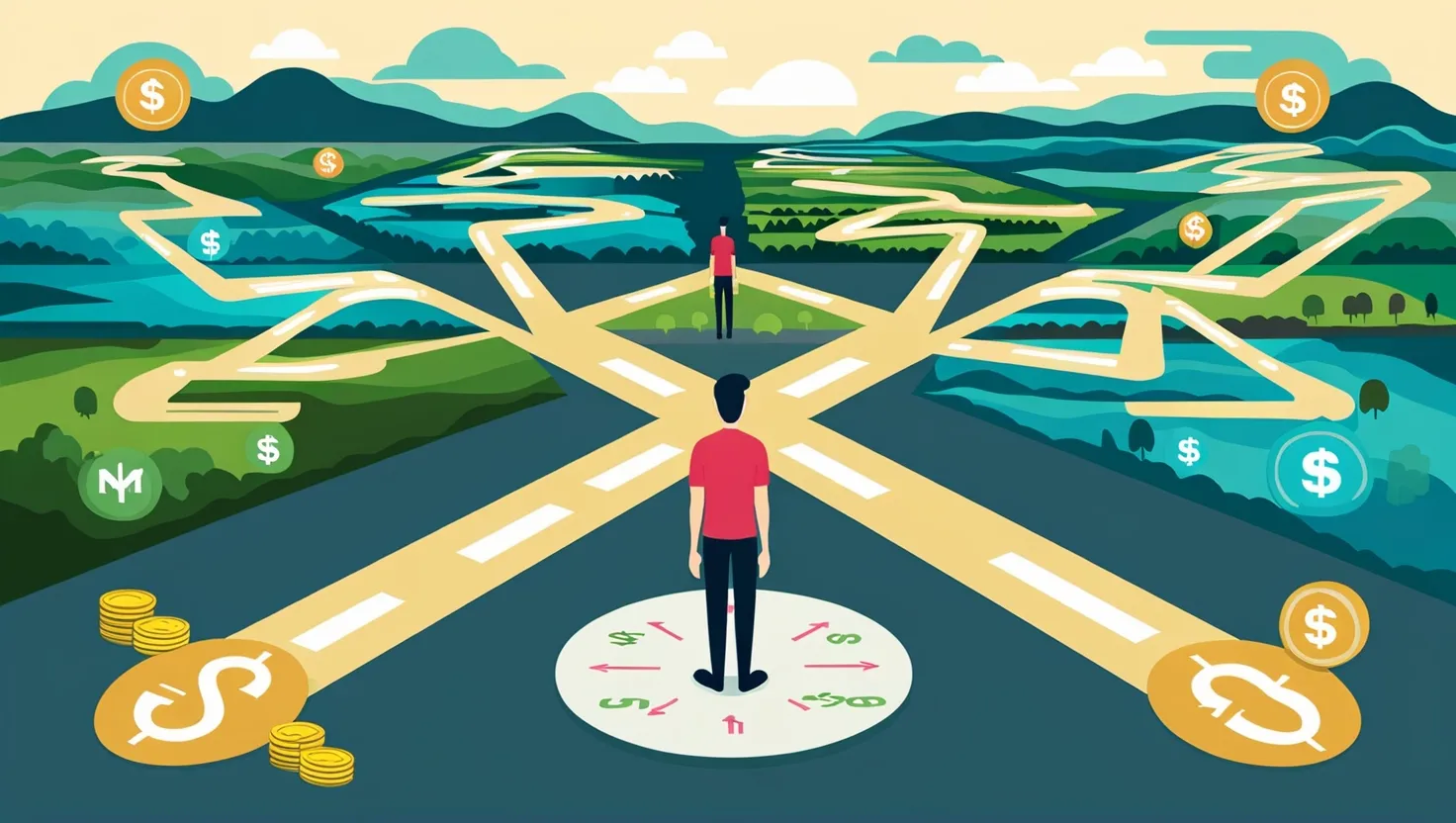Growing Your Wealth Through Dividend Reinvestment: A Simple Yet Powerful Strategy
Ever wondered how the rich keep getting richer? One of their secrets is surprisingly simple - they reinvest their dividends. It's like planting a money tree that keeps growing bigger and bearing more fruit over time. Let's dive into this magical world of compound growth and see how you can make your money work harder for you.
Imagine you've got a goose that lays golden eggs. Now, instead of spending those eggs, you use them to buy more geese. Soon, you've got a whole flock laying golden eggs, and your wealth keeps multiplying. That's essentially what dividend reinvestment does for your investments.
So, how does this work in real life? Let's say you own 100 shares of a company that pays a 2.5% annual dividend. Each year, you're getting $100 in dividends. Now, instead of treating yourself to a nice dinner with that money, you use it to buy more shares of the same stock. It might not seem like much at first, but give it a decade, and you'll be amazed at how much your annual dividend income has grown.
But here's where it gets really interesting. You're not just earning dividends on your original investment anymore. You're now earning dividends on the dividends you've reinvested. It's like your money is having babies, and those babies are having babies of their own. Before you know it, you've got a whole family tree of investments working for you.
Now, you might be thinking, "That sounds great, but what about market ups and downs?" Well, that's where the beauty of dollar-cost averaging comes in. When you're reinvesting dividends regularly, you're buying more shares when prices are low and fewer when they're high. It's like you're always shopping for stocks on sale, without even trying.
Think about it this way. If you're at the grocery store and your favorite cereal is on sale, you stock up, right? The same principle applies here. When stock prices dip, your dividend reinvestment is buying more shares at a lower price. Over time, this can help smooth out the bumps in the market road.
But here's the best part - you don't have to do a thing. Many investment platforms offer automatic dividend reinvestment. It's like having a robot assistant who takes care of your investments while you're out living your life. You can focus on your job, your family, or your hobbies, all while your wealth grows quietly in the background.
This hands-off approach is perfect for our busy lives. Who has time to constantly monitor the stock market and make investment decisions? With dividend reinvestment, you set it and forget it. It's the ultimate "work smarter, not harder" strategy for your money.
Now, let's talk about discipline. We all know how hard it can be to stick to a diet or a workout routine. Well, investing is no different. It takes discipline to keep investing, especially when the market gets rocky. But here's the thing - dividend reinvestment helps you stay the course.
When you're reinvesting dividends, you're always buying, no matter what the market is doing. It's like having a personal trainer for your investments, keeping you on track even when you feel like giving up. This long-term perspective is crucial for building real wealth.
But what about taxes, you ask? Well, here's the deal. You'll still pay taxes on dividends whether you reinvest them or not. But if you're investing through a retirement account like a 401(k) or IRA, you can defer those taxes until you withdraw the funds. It's like getting an interest-free loan from Uncle Sam to grow your wealth even faster.
So, when does it make sense to reinvest dividends? Generally, if you're in it for the long haul and don't need the income right now, reinvesting is the way to go. Since the 1920s, dividends have been responsible for a big chunk of the stock market's returns. It's like having a secret weapon in your investment arsenal.
But let's be real - it's not always the best move. If you're retired and relying on dividend income to pay the bills, you probably want that cash in your pocket, not back in the market. Or maybe you've already got a ton of shares in one company and want to spread your money around a bit. In these cases, taking the dividends as cash might make more sense.
Let's put some real numbers to this. Say you invested $10,000 in a stock paying a 3% dividend. If the stock price goes up by 7% a year on average, and you reinvest those dividends, after 20 years you could be looking at over $60,000. But if you'd just pocketed those dividends? You'd only have around $40,000. That's a pretty big difference, right?
It's like the difference between planting a single tree and growing an entire orchard. Sure, that one tree might give you some nice shade and a few apples each year. But an orchard? That's a whole different ballgame. You're talking about a legacy that could support generations.
And here's the kicker - all of this growth happens with minimal effort on your part. It's like having a garden that waters and weeds itself. You plant the seeds (make your initial investment), set up the sprinkler system (turn on automatic dividend reinvestment), and then sit back and watch your garden grow.
So, next time you get a dividend payment, think twice before spending it. Consider reinvesting it instead. It might not seem like much now, but down the road, you could be thanking your past self for making such a smart decision.
Remember, building wealth isn't about getting rich quick. It's about making smart, consistent choices over time. And dividend reinvestment is one of the smartest, most consistent choices you can make. It's like giving your future self a high-five every time you reinvest a dividend.
In the end, dividend reinvestment is all about playing the long game. It's about understanding that small, consistent actions can lead to big results over time. It's about having the patience to let your money work for you, instead of always working for your money.
So, are you ready to start growing your own money tree? With dividend reinvestment, you've got the seeds. All you need to do is plant them and watch them grow. Who knows? In a few years, you might just have your own financial orchard blooming in your backyard.






